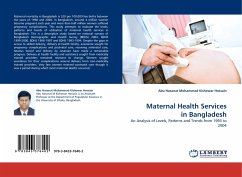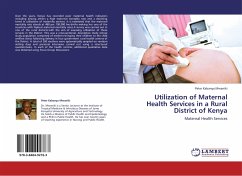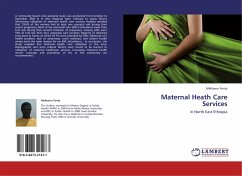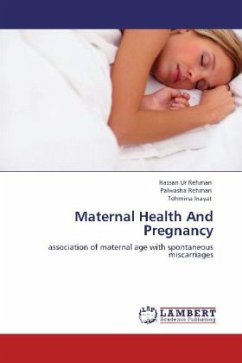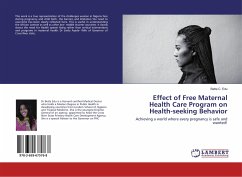Maternal mortality in Bangladesh is 320 per 100,000 live births between the years of 1998 and 2000. In Bangladesh, around 4 million women become pregnant each year and more than half million women suffered pregnancy complications. This study attempts to evaluate the levels, patterns and trends of utilization of maternal health services in Bangladesh. This is a descriptive study based on national surveys of Bangladesh Demographic and Health Survey (BDHS) 2004, BDHS 1999-2000, BDHS 1996-1997 and BDHS 1993-1994. Despite the gaps in access to skilled delivery, delivery at health facility, assistance sought for pregnancy complications and postnatal care, receiving antenatal care, tetanus toxoid and delivery by cesarean have made a remarkable progress. Delivery at health facility and assistance sought from medically trained providers remained resistant to change. Women sought assistance for their complications around delivery from non-medically trained providers. Very few women received postnatal care though it was a period during which most maternal deaths occurred.

